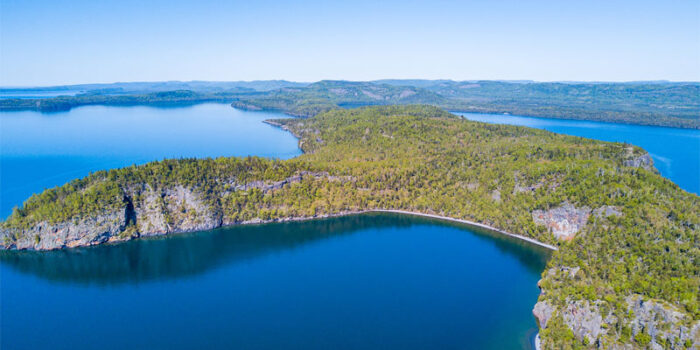Lakes are natural speculates of the world that provides crystal water, a flourishing ecosystem, and a beautiful scene. There is an ample amount of lakes all over the world. But some lakes are geographically big. From Canada to Africa these stunning, surrounded by land bodies of water will bring for you a new level of admiration for the Earth’s natural beauty. Here in this article, you can get detail about the top 10 largest lakes in the world.
10: Great Slave Lake
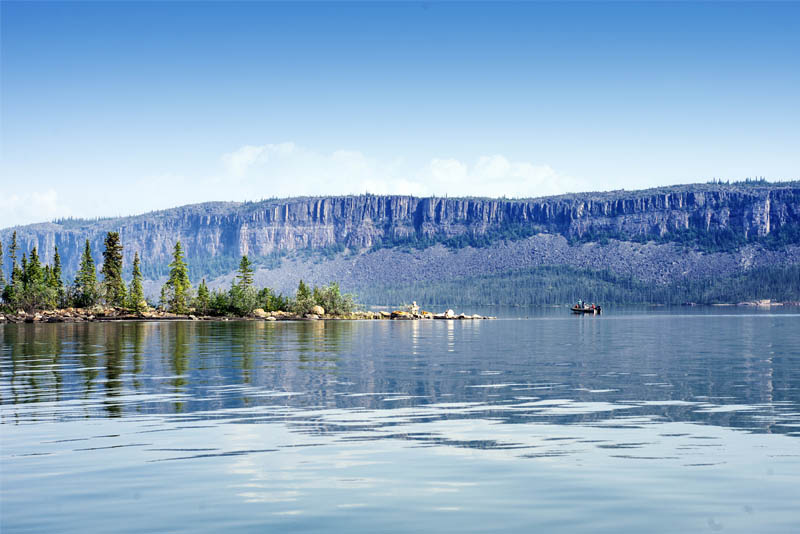
Great Slave Lake got this name due to Slavey North American Indians, who occupied the land. It is 2nd largest lake in the Canadian territories and 10th largest around the world. It has covered an area of around 27,200 km sq. The Great Slave Lake is drained by the Mackenzie River and supply to the food and Slave Rivers. The local financial system around the lake is mainly centered on mining primarily for gold and diamonds.
9: Malawi
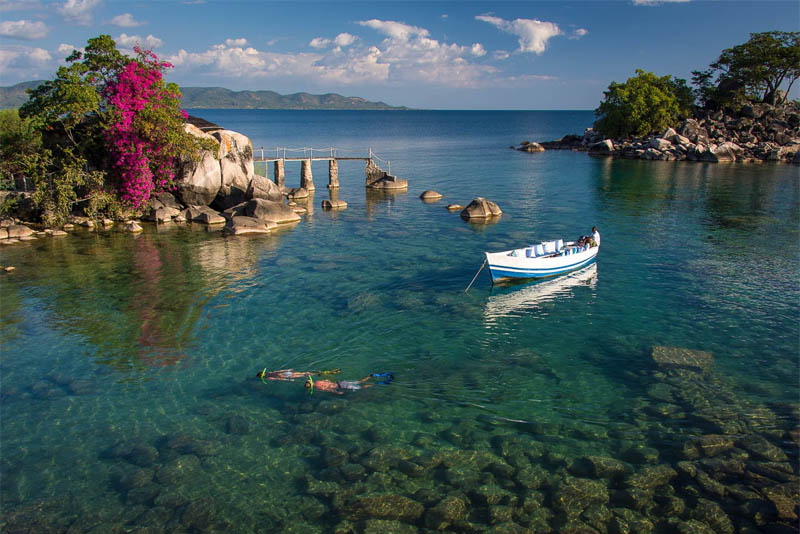
Malawi Lake also acknowledges as “Lake Nyasa” that exists in Tanzania, Africa. According to the area it comes in the 9th largest lakes but as a freshwater concern, it lies in 4th rank all over the world. It is the hub of a huge amount of fish species than any other lake. The Malawi government is doing the best to preserve the lake’s beauty. Therefore it has succeeded to keep the northern part of the lake safe and sound. Dr. David Livingstone originally discovered the lake and gave it the name “Lake of Stars” due to its fresh and bright water.
8: Great Bear Lake
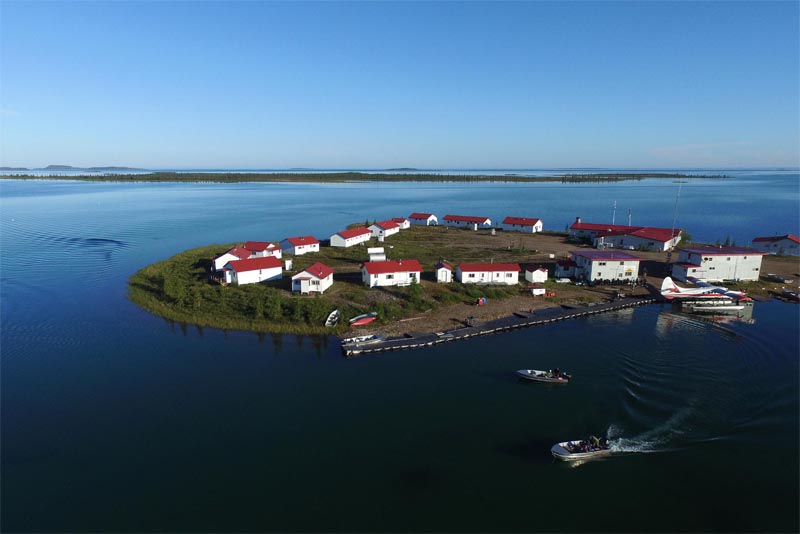
Great Bear Lake subsists in the Canadian boreal forest. It is the 8th largest lakes in the world and gigantic lake in the Canada Superior. Its surface area is around 31,153 km2 and the average depth is 71.7. Lake’s name originated from the language of Chipewyan that means “Bear large hill”. It has crystal-clear water and blooming ecosystem.
7: Baikal
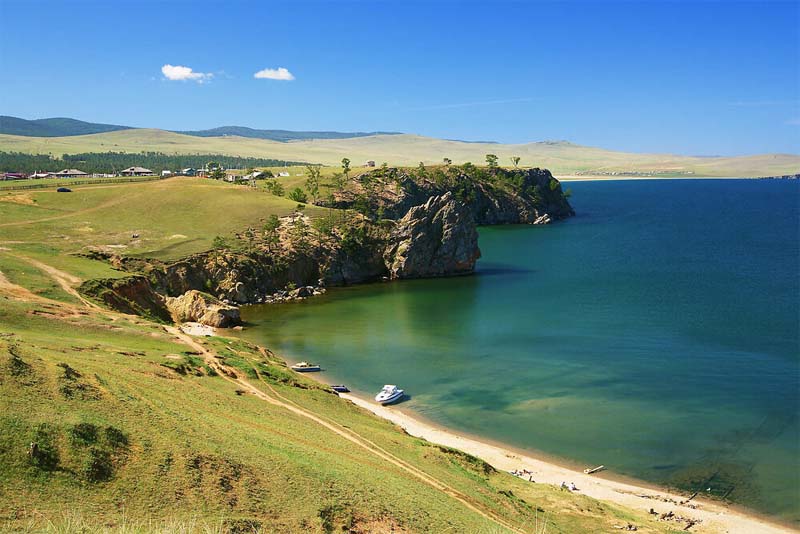
Lake Baikal is a rift type lake situated in southern Siberia, Russia. According to the estimation it lies at the rank of 7th in largest lakes but the 1st deepest lake all over the world. It has occupied a mass of area around 31,722 km2. Lake got its name from Mongolian phrase “The Nature Lake”, and swanks extraordinary fresh and clear water that attracts the tourists. It formed as a historical rift valley having distinctive long and semi-circular shapes. It is a center of thousands of plants and animal species.
6: Tanganyika
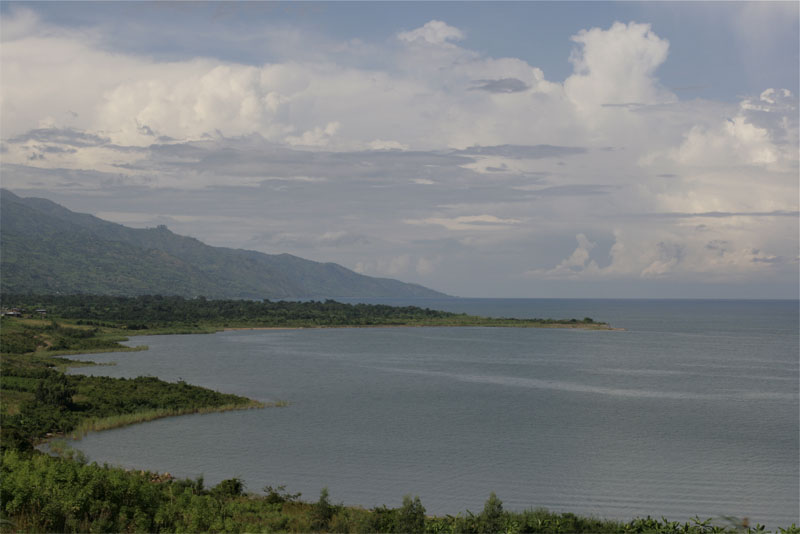
The Lake Tanganyika isn’t just the 6th biggest lakes in the world; it is moreover the 2nd deepest lake on the planet having a depth of 1,470 m. it is an African lake occupies a surface area of 32,900 km2. This lake is also a type of rift valley, in addition to it is also 2nd oldest freshwater lake. The water of the lake is alkaline having a pH of about 9 at depths of 0-100m. This lake appears as a loaded aquatic ecosystem with a variety of fish that attracts fishermen from the surrounding of Tanzania, DC Congo, Burundi, and Zambia. The lake is the hub of wildlife population including hippopotami and crocodiles.
Read More: Top 10 strangest lakes in the world
5: Michigan
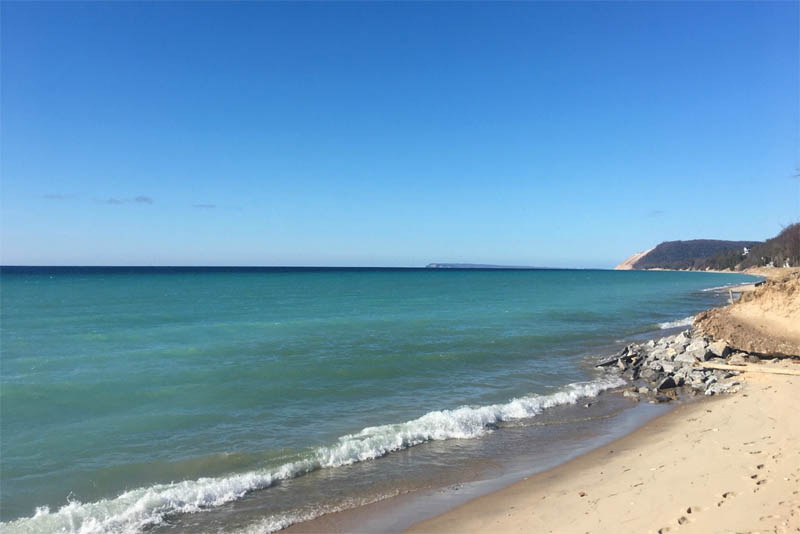
Lake Michigan is one of the five greatest in North America and ranks in the 5th largest lakes in the world. According to the surface area, it occupies the mass of 22,404 sq m after Lake Superior and Lake Huron. This lake is sort of Glacial and its shoreline has spread through four states. Due to huge shoreline and attractive beaches, it sometimes calls the “3rd shore” of the US. There is a dense forest on the northern side of the lake but the southern side surrounded by industrial and agricultural sites. You know the Lake’s first inhabitants were Hopewell Indians. After 800 A.D their culture turned down and for the next few hundred years, the Woodland Indians came here and starting to live here.
4: Huron
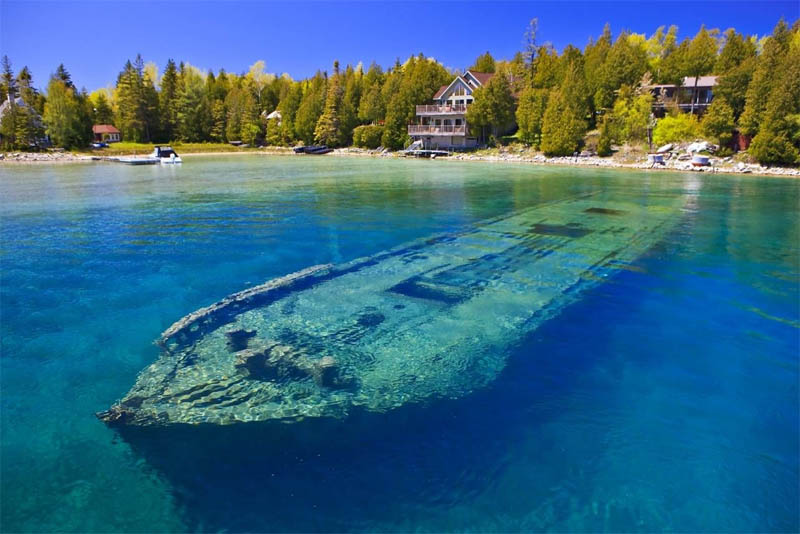
Lake Huron has the longest shoreline of the Great Lakes, and it has consisted of the first of the largest lakes to be discovered by Europeans. It got named by French explorers who first revealed this lake in front of the world. The total mass area of Lake Huron is 23,007 sq mi and type of glacial lake. Lake Superior contains more water around 3,000 cubic miles compared to Huron’s around 2,000 cubic miles which are making the Huron Lake in the rank of 4th largest lakes in the world.
3: Victoria
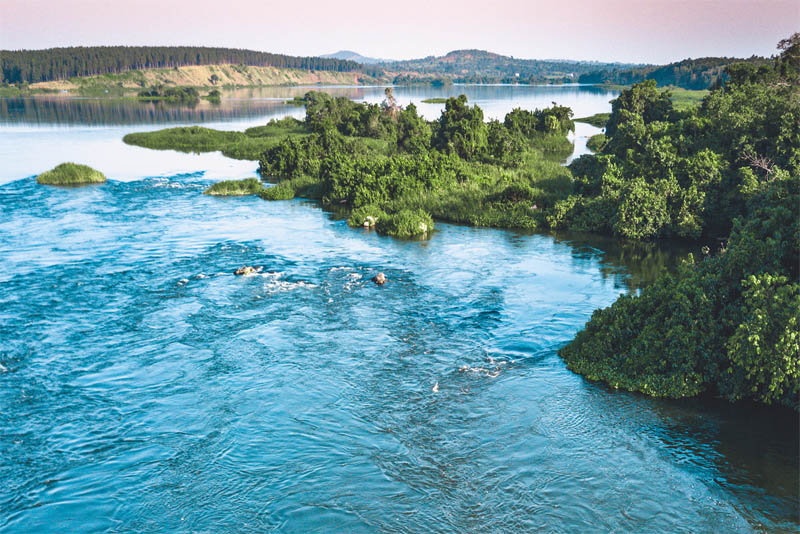
Lake Victoria is one of the largest lakes in Africa that acquired its name after Queen Victoria of England. British explorer bestowed it to the name “Victoria” when it first came in front of the world in 1858. It is acknowledged as the 3rd largest lakes in the world. According to the surface, it has around 59,947 sq km. it is containing 2nd largest freshwater lake in all over Africa. Lake Victoria is sporting a cluster of almost 84 islands. These islands are attracting a large number of tourists since they are the hub of multiple wildlife populations with a rich ecosystem.
2: Superior
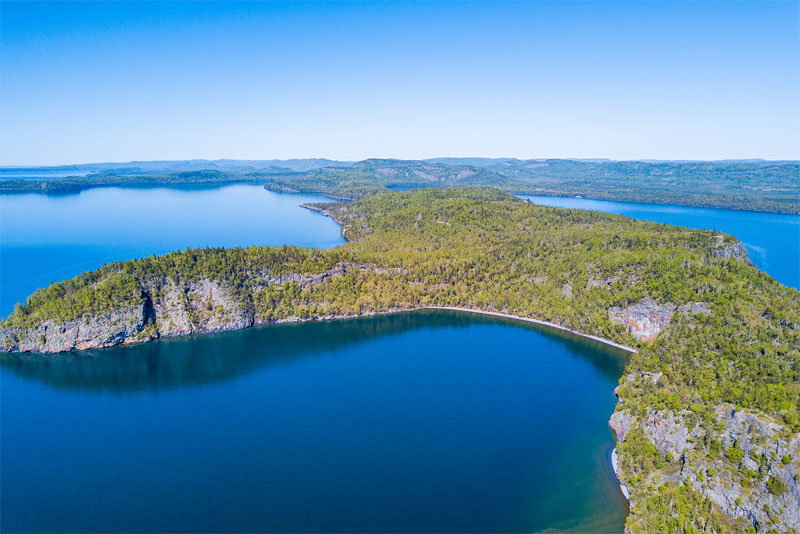
Superior Lake is the 2nd largest lakes in the world. It is also the largest lake of freshwater by the surface area around 31,700 sq mi. It placed on the northern edge of Wisconsin. This lake stretches from the Upper Peninsula to Ontario, Canada, and finally gets in touch with the eastern edge of Minnesota. During winters its water reaches up to 95% and covers with ice. It is a home of 80% of species of fish.
1: Caspian Sea
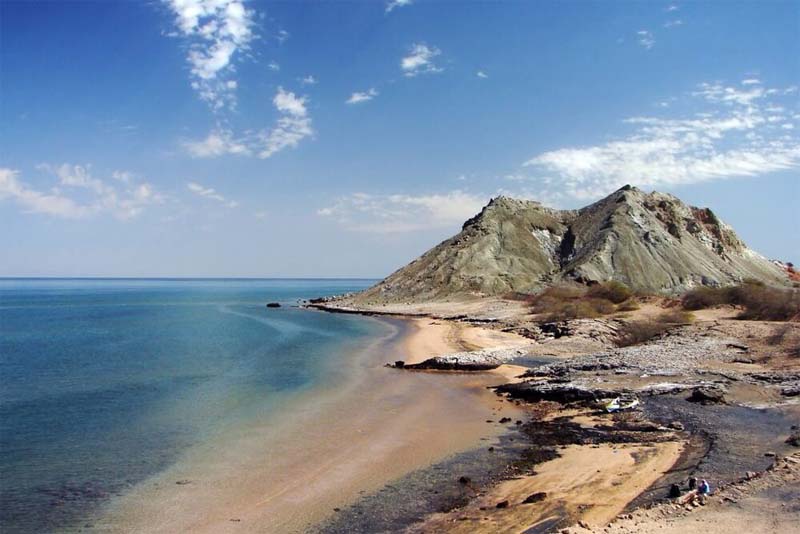
The Caspian Sea is a lake, but due to the huge size, it sometimes takes as the sea. It ranks in the largest lakes in the world having a surface area of 371,000 km2. Its endorheic basin situated between Europe and Asia. The word “Caspian” comes from the name “Caspi” that called after the people of the Caspian tribe. But now this tribe has vanished and doesn’t exist now. According to characteristics, The Caspian has common quality of both seas and lakes. Therefore it is frequently listed as the world’s largest lake, even though it doesn’t contain freshwater.
